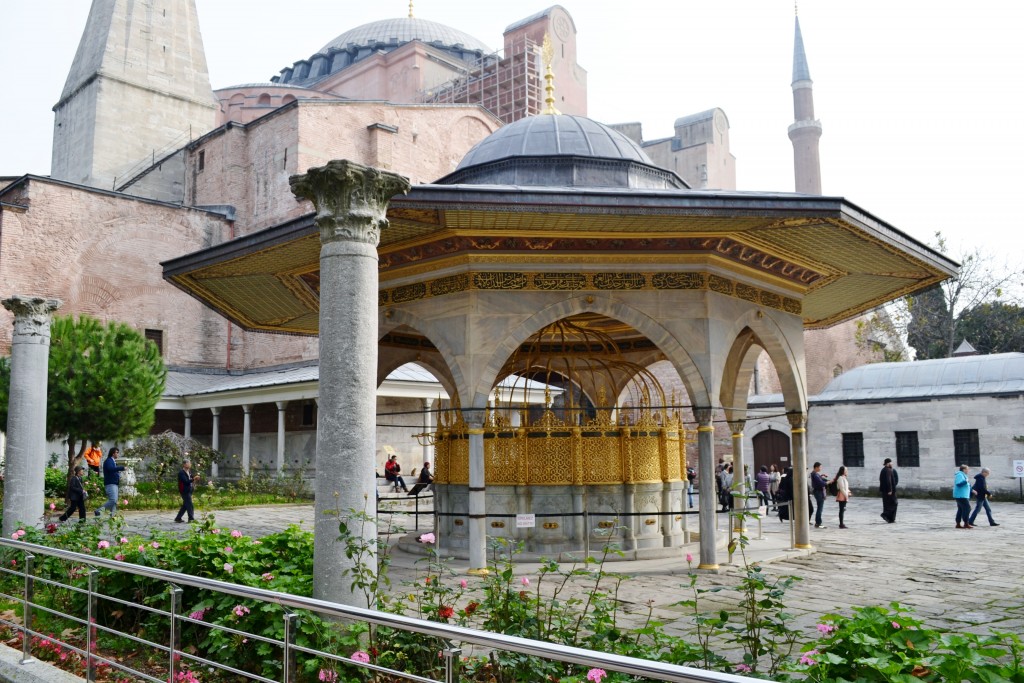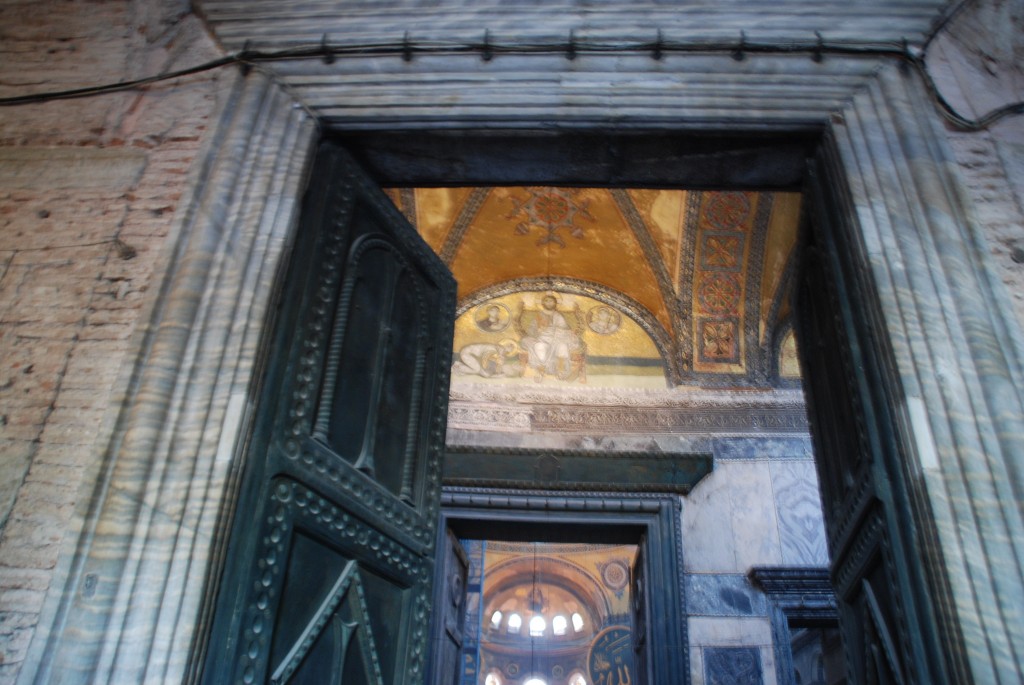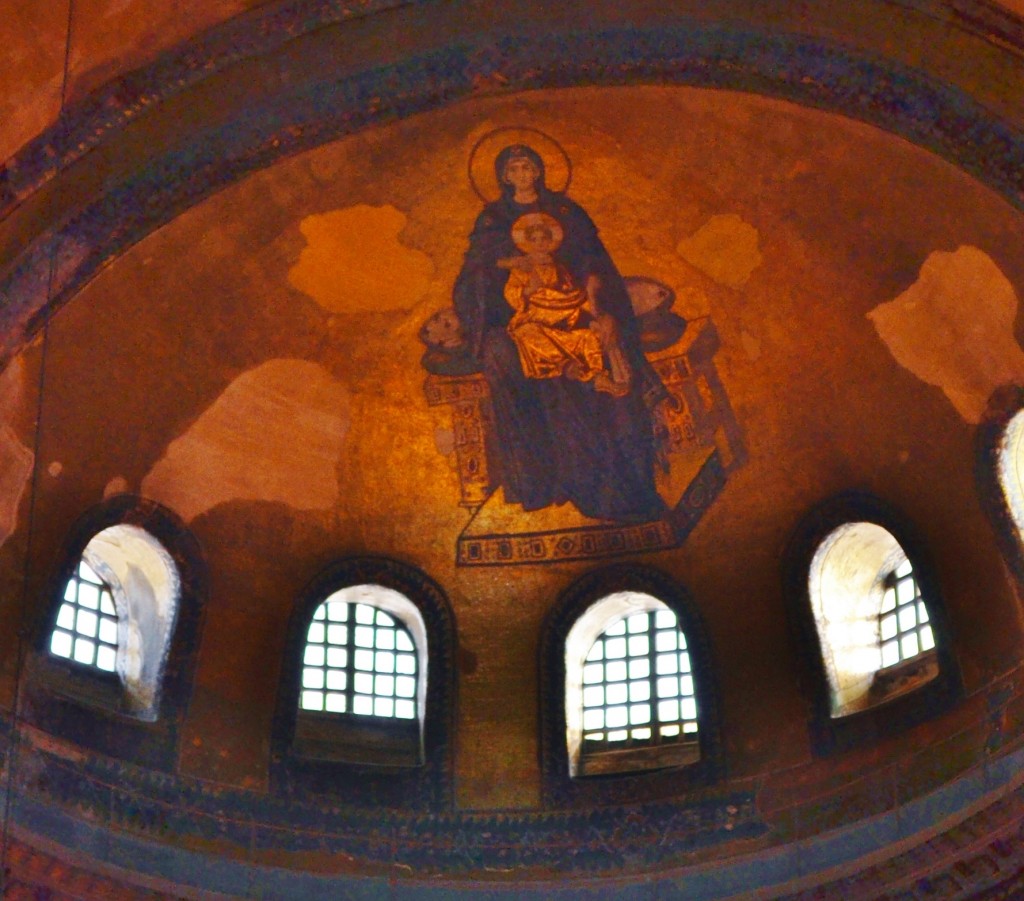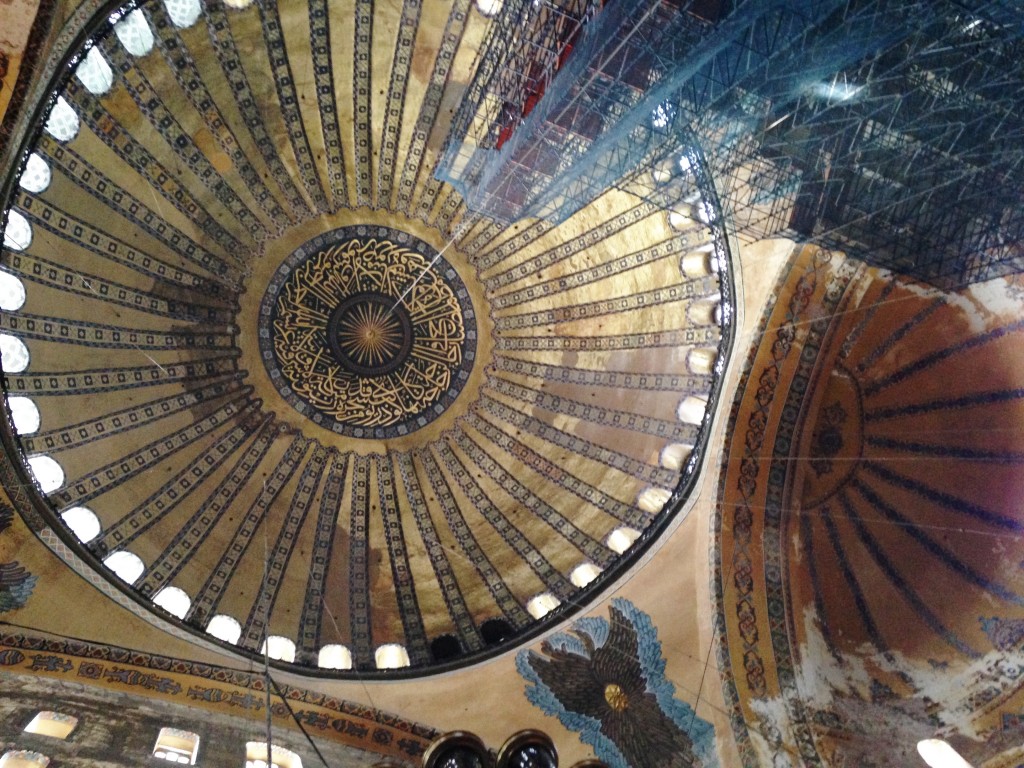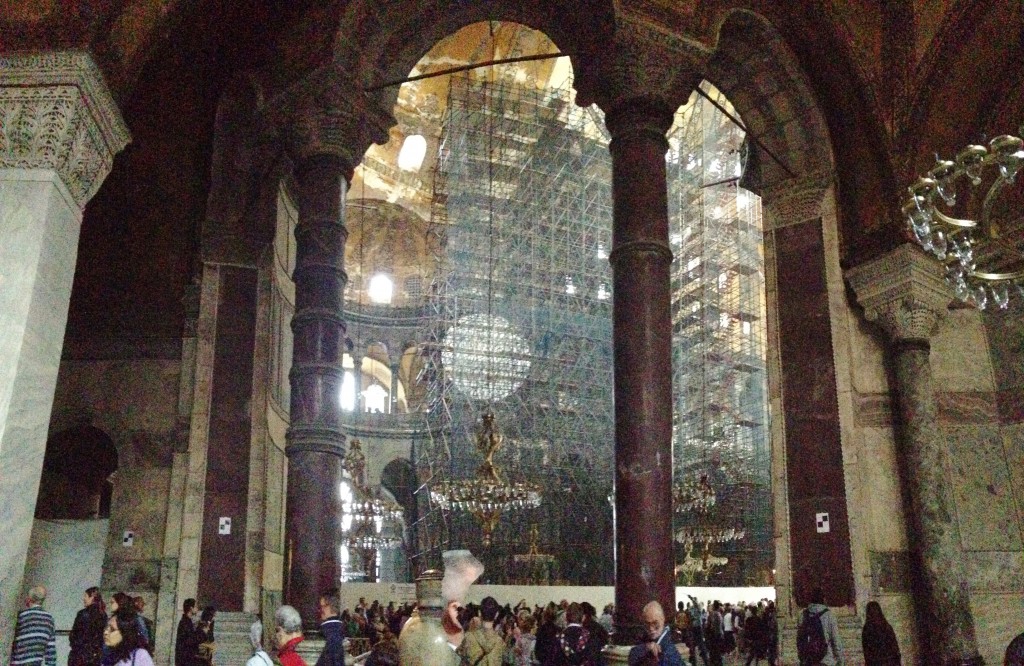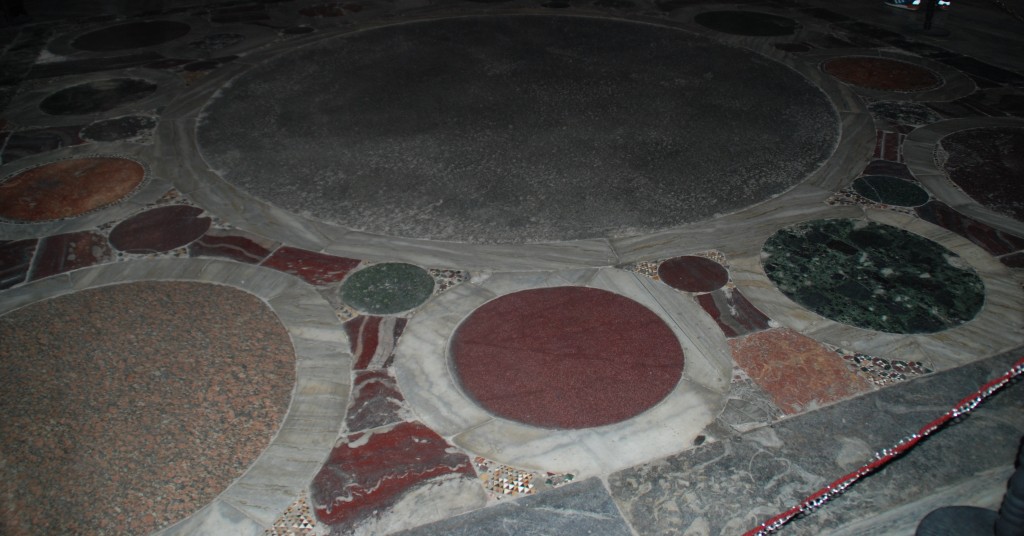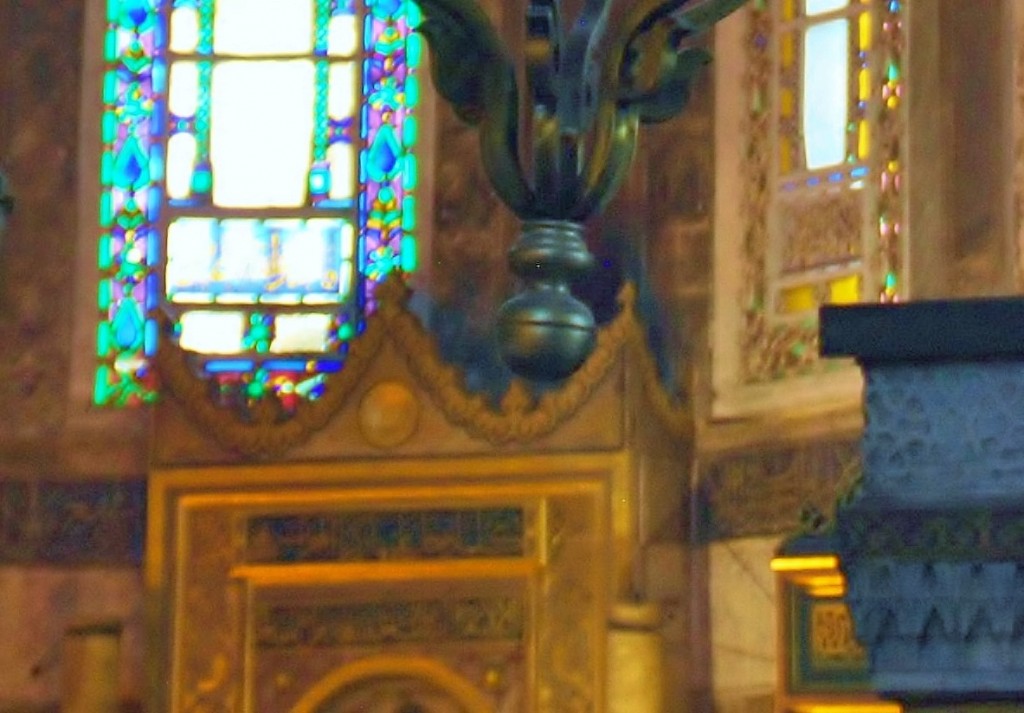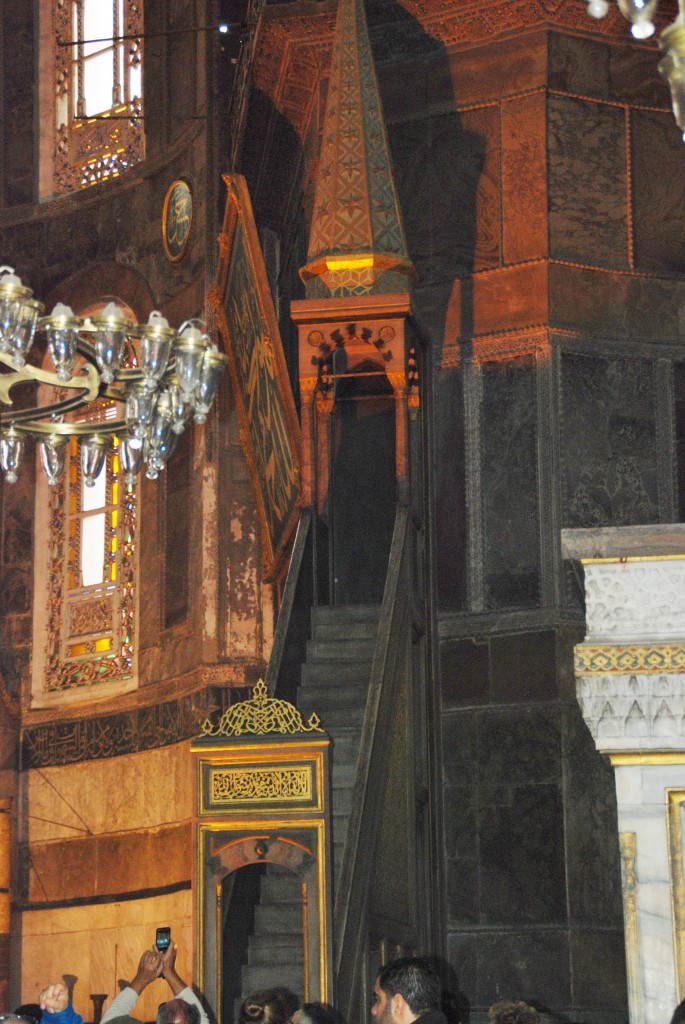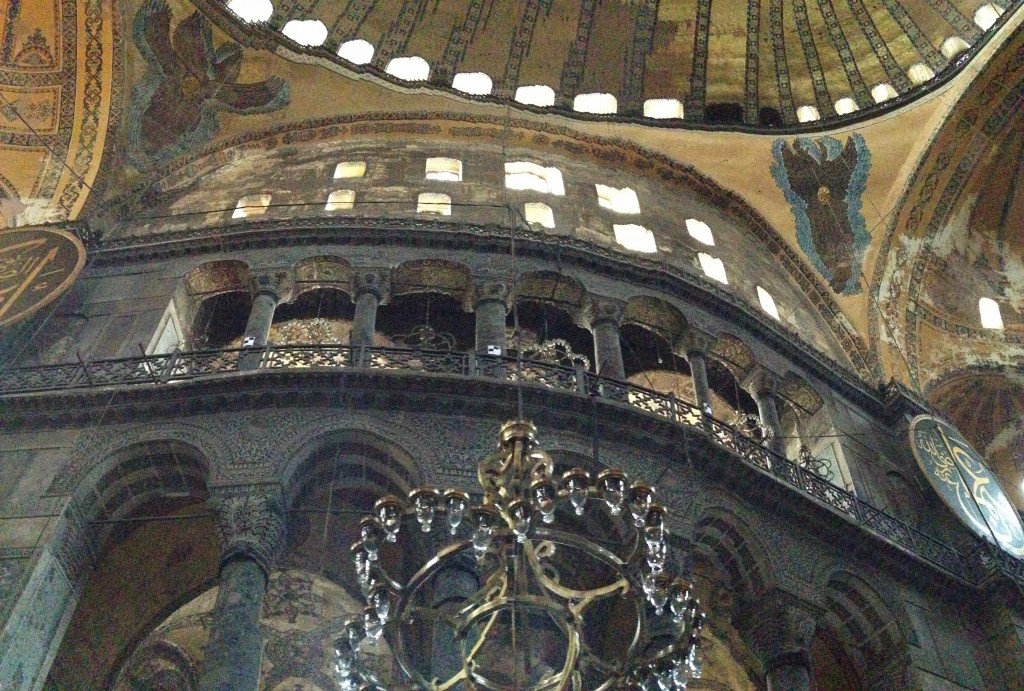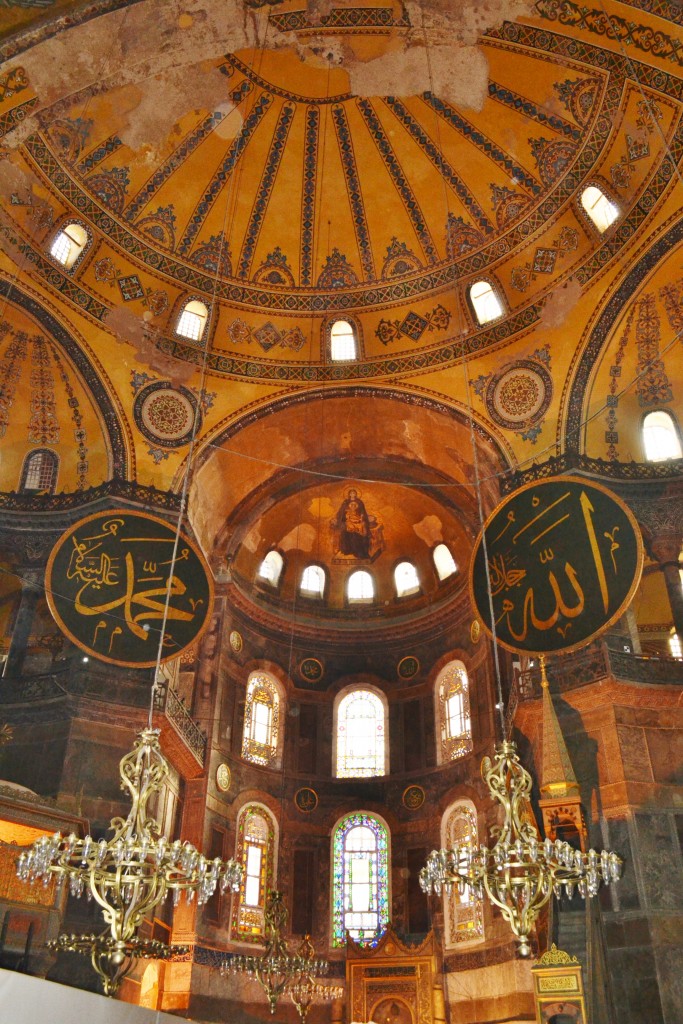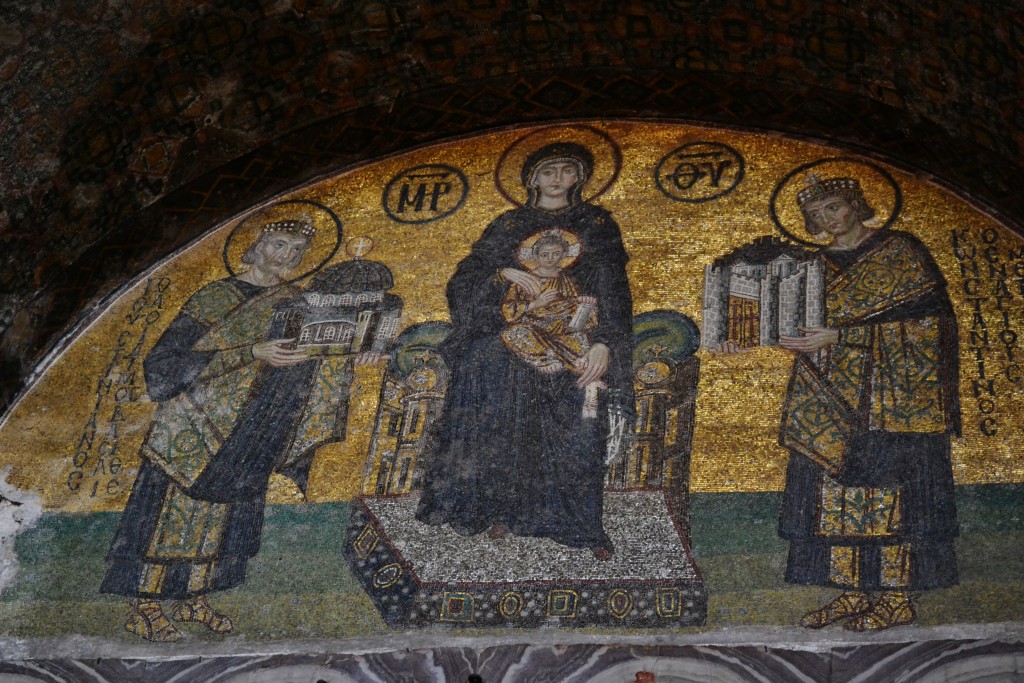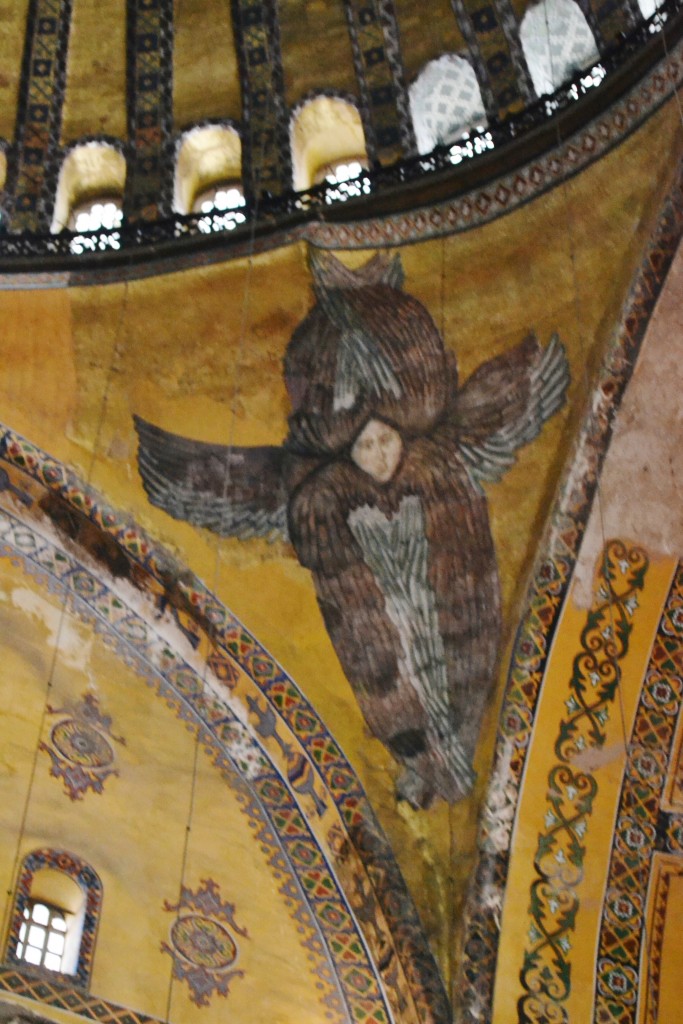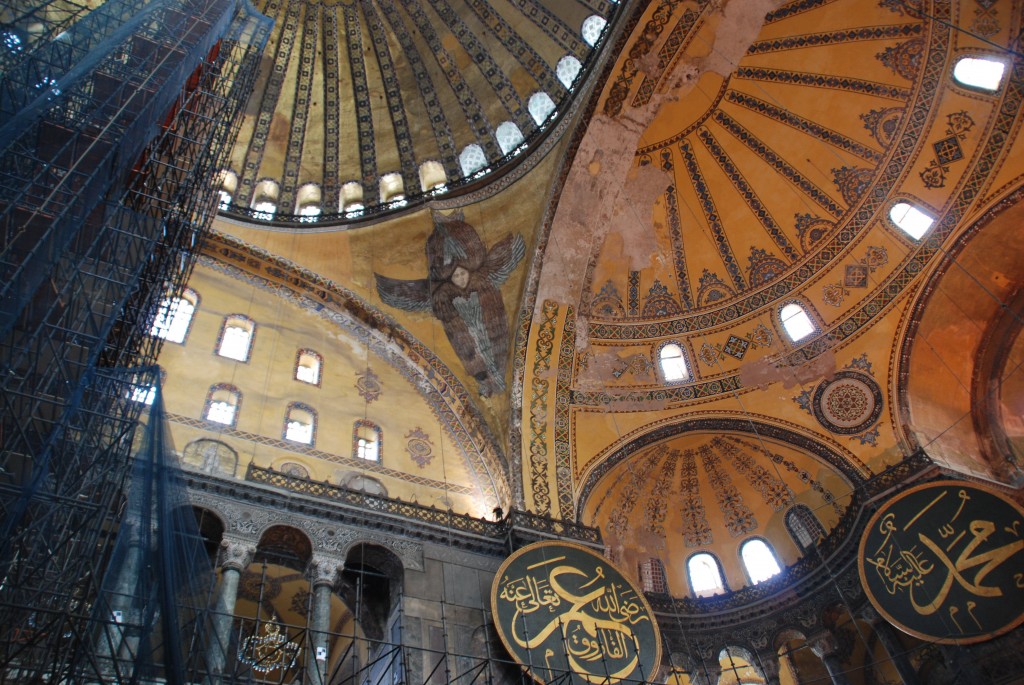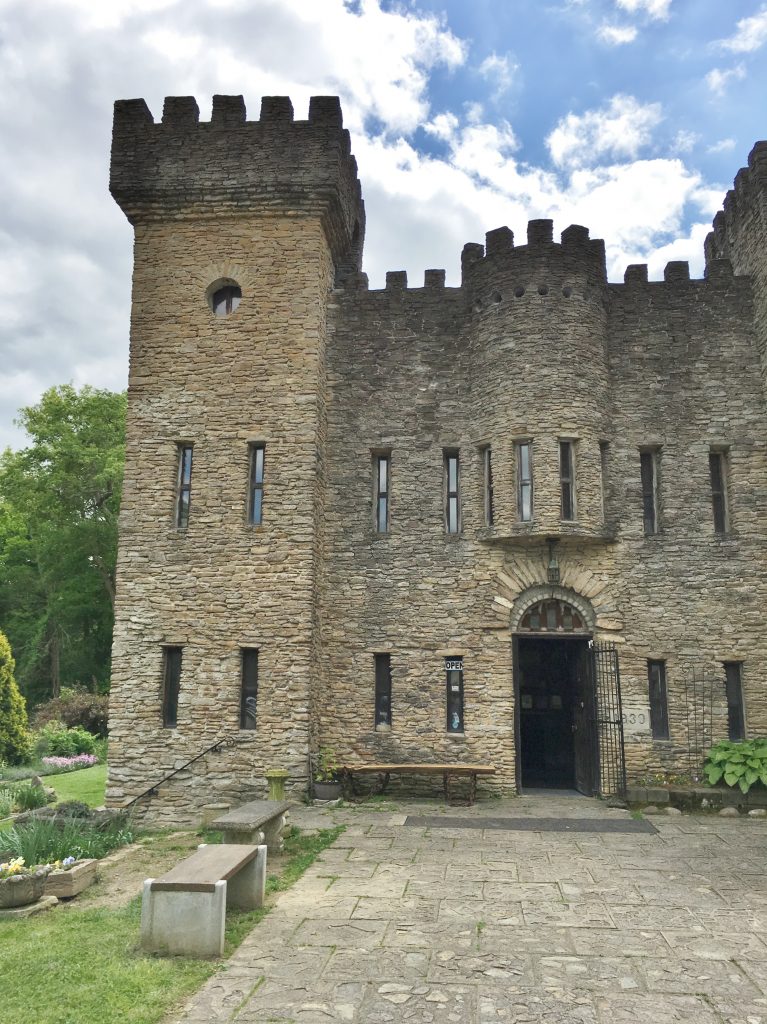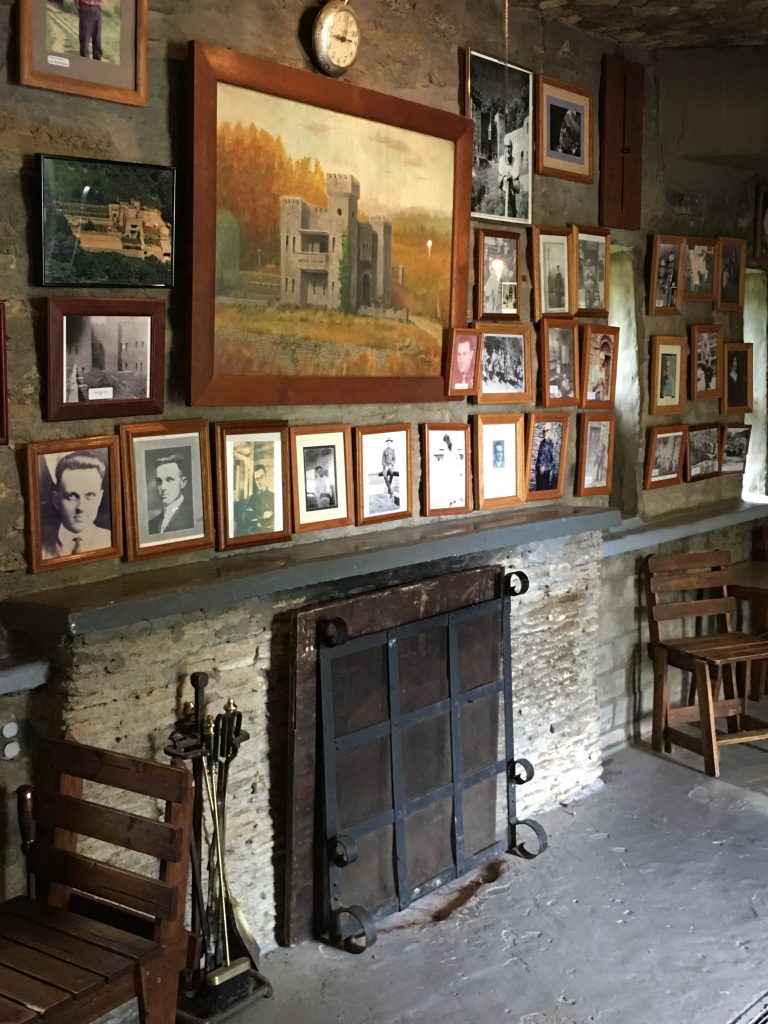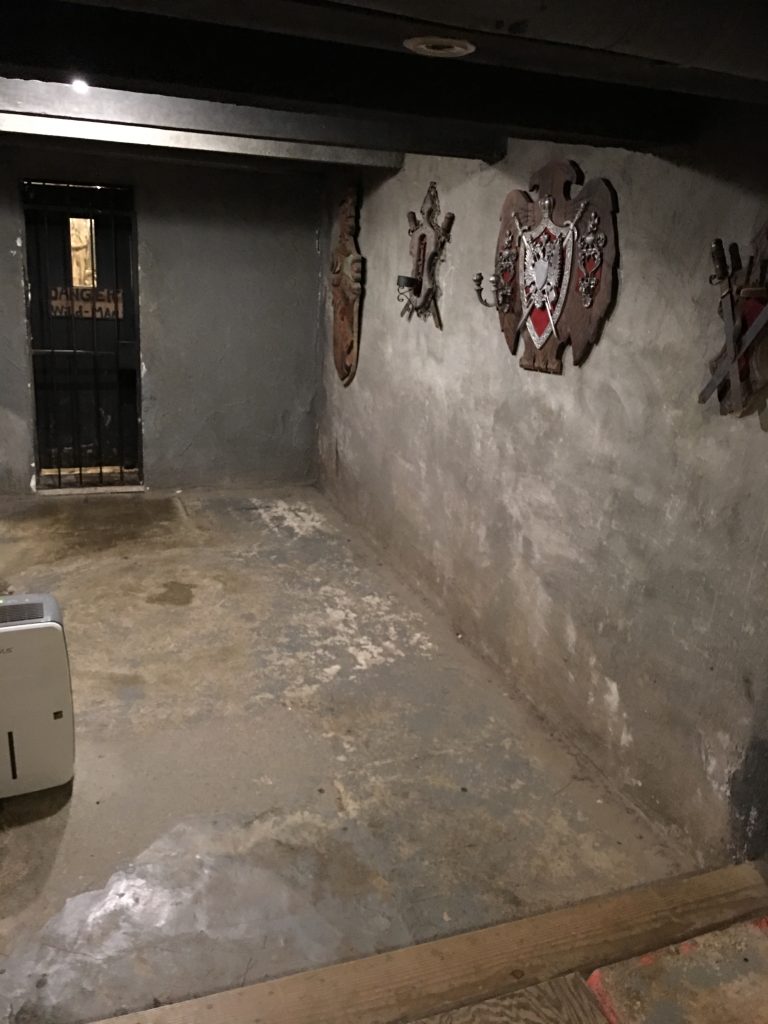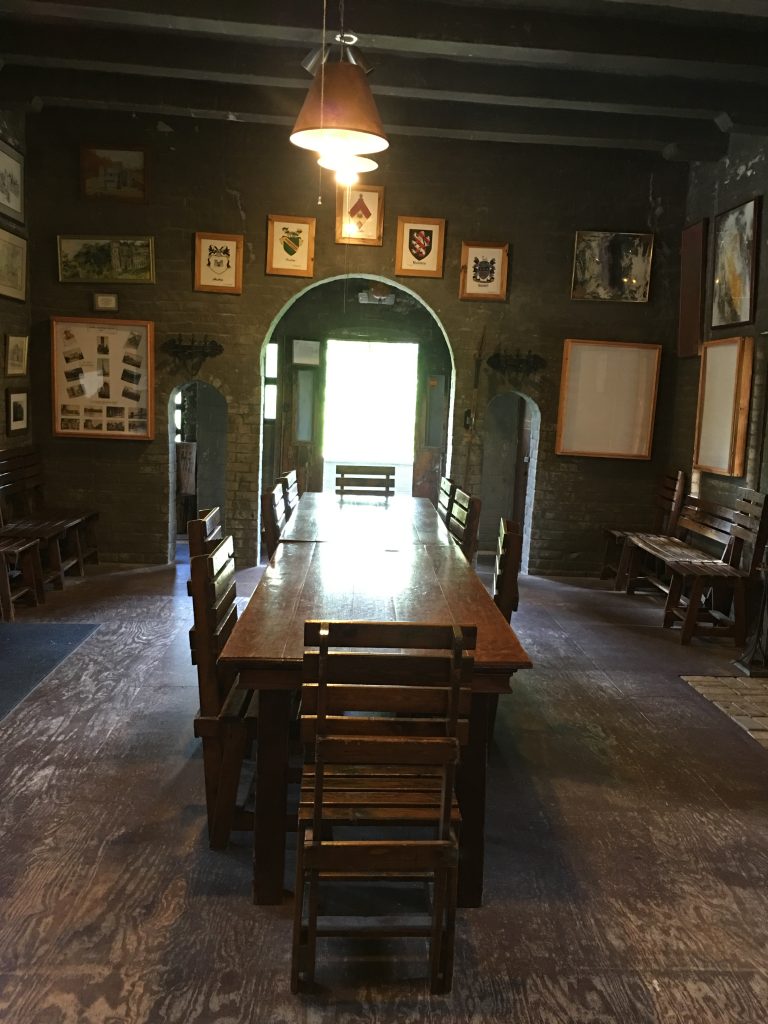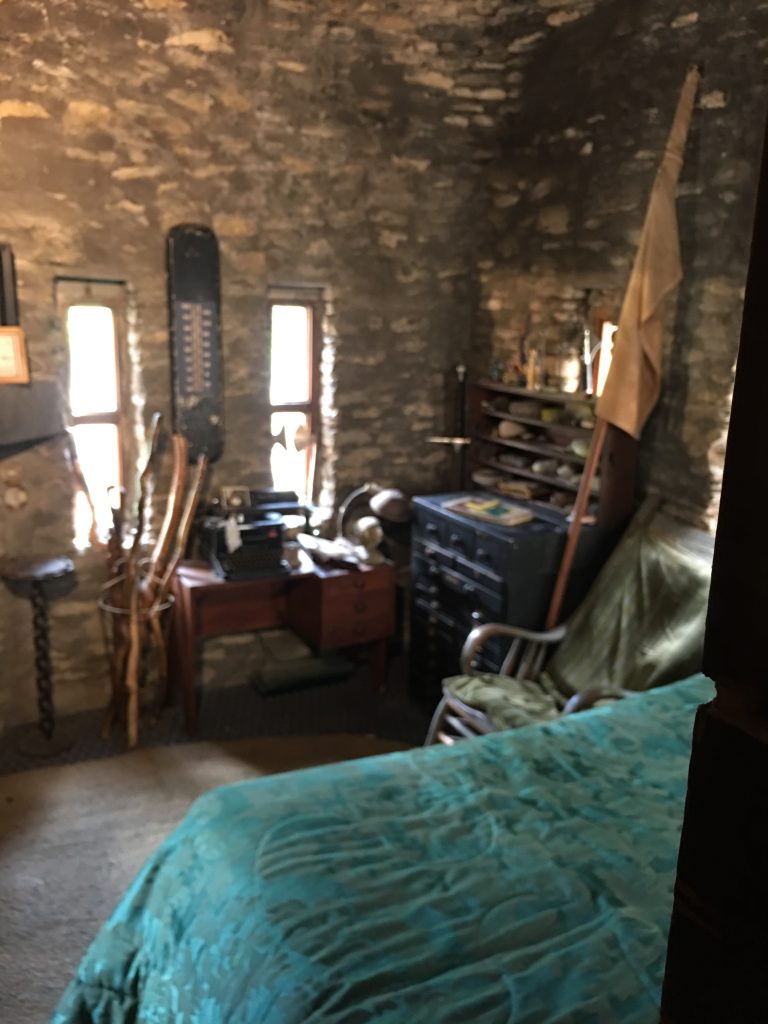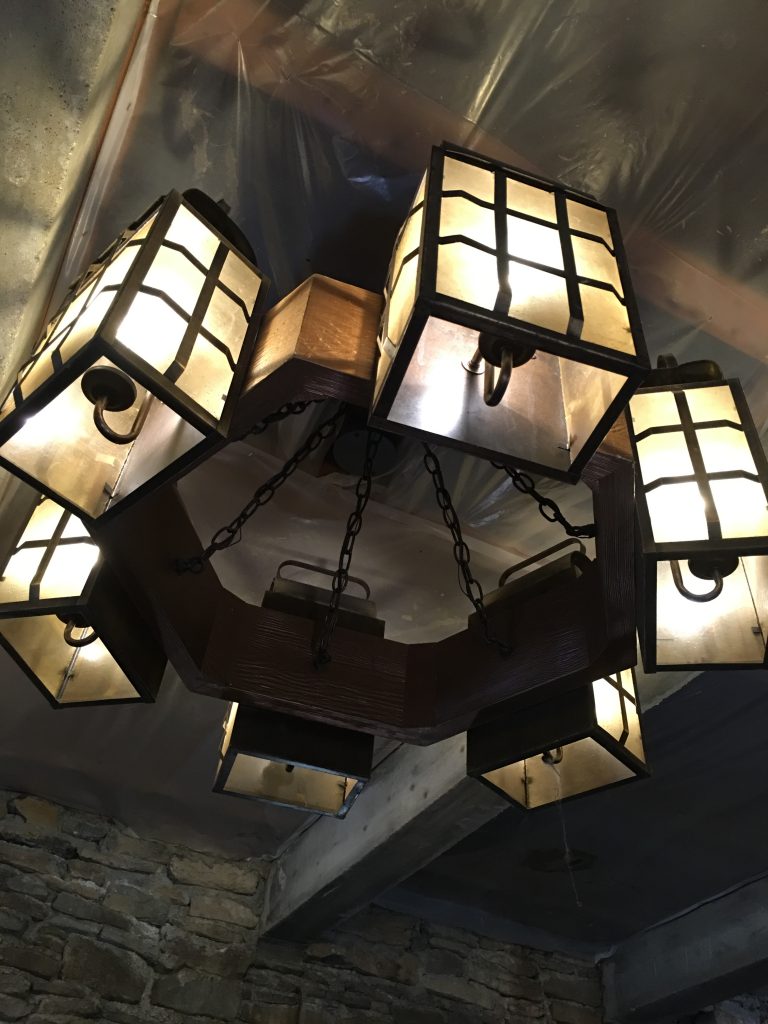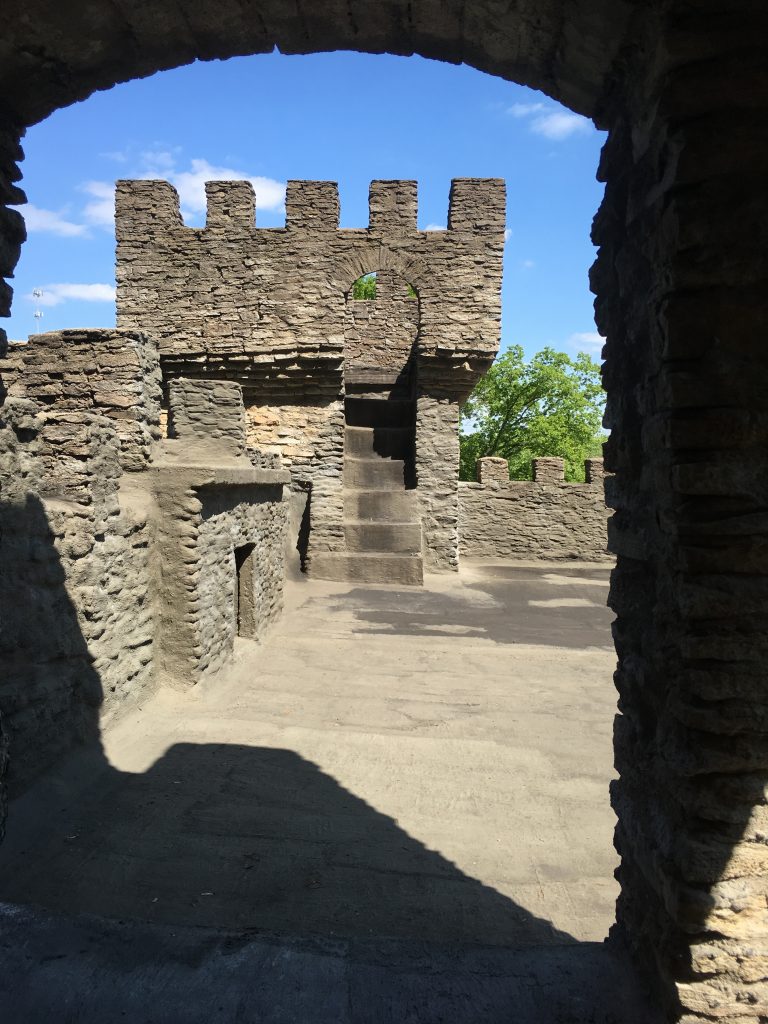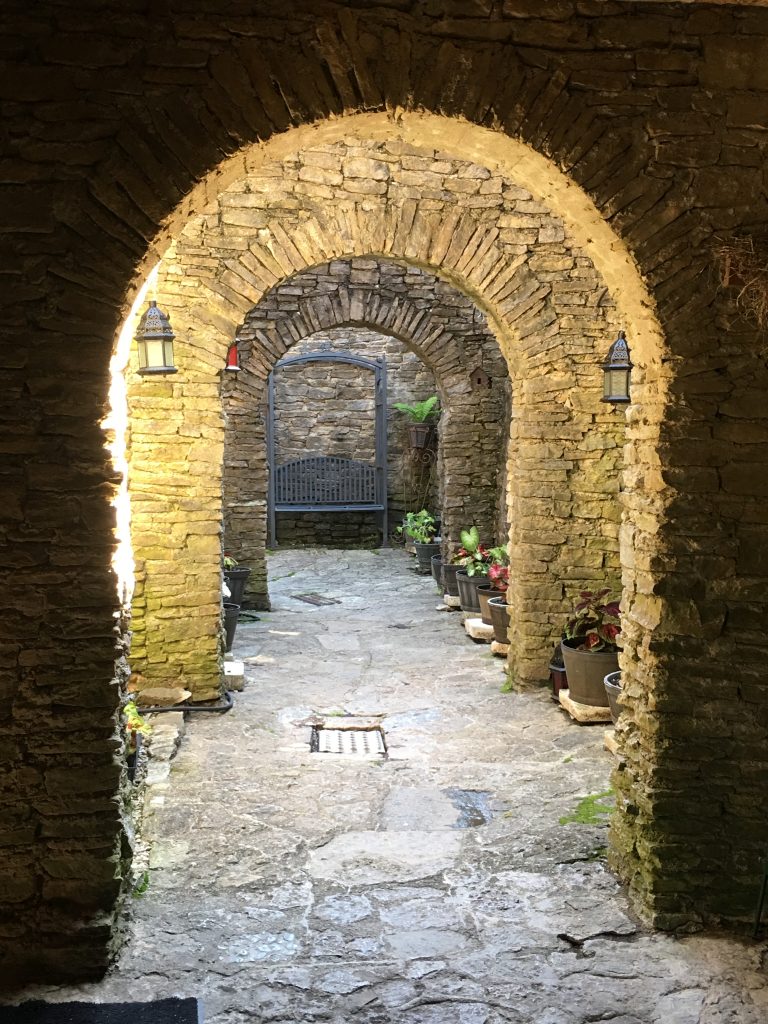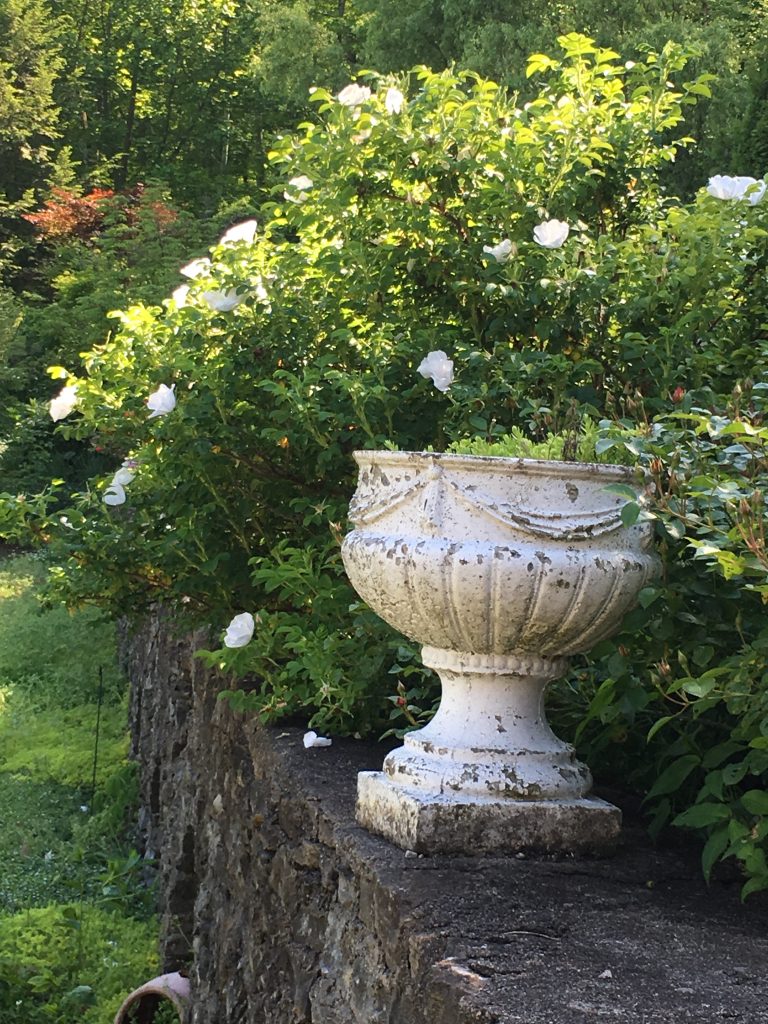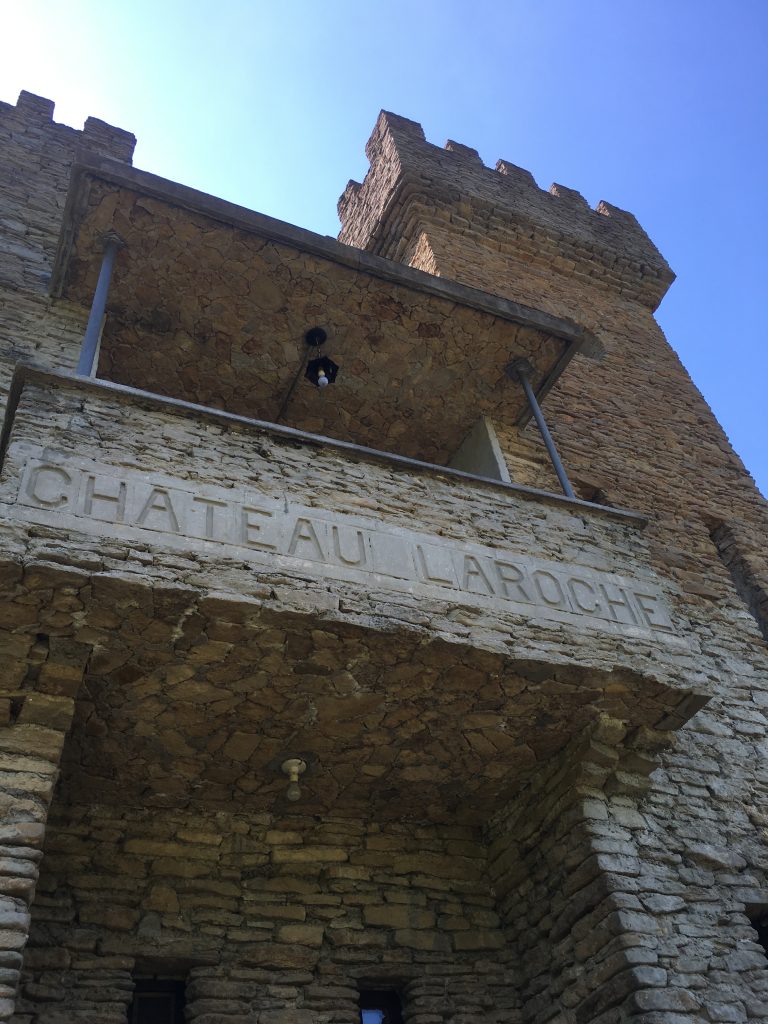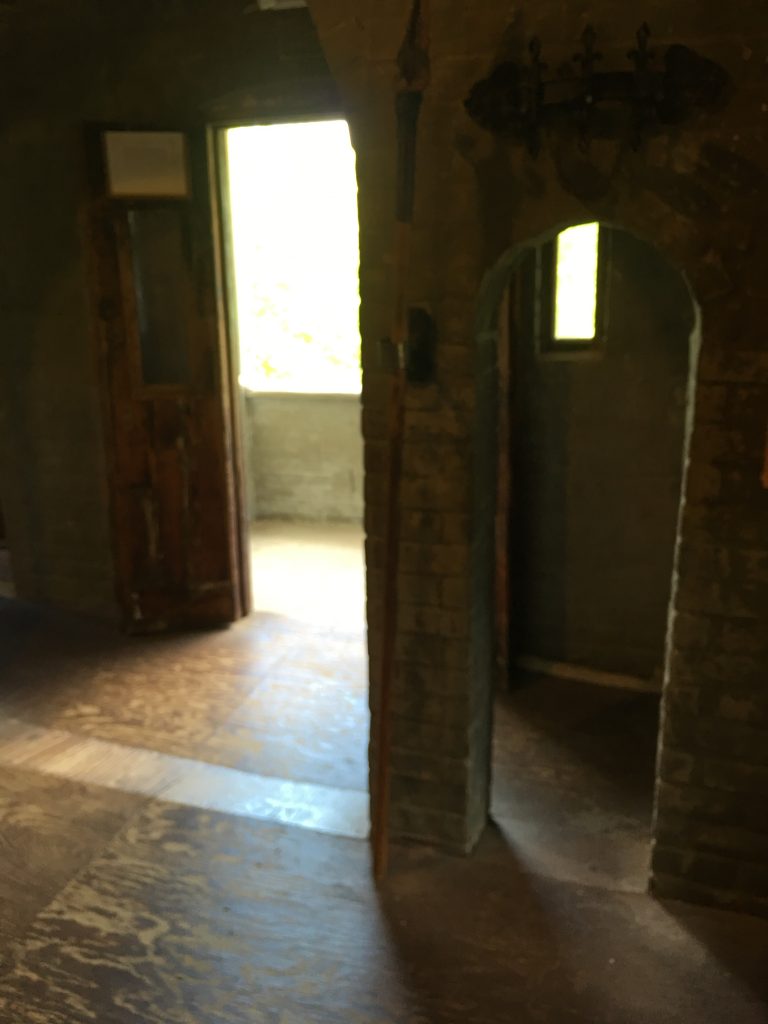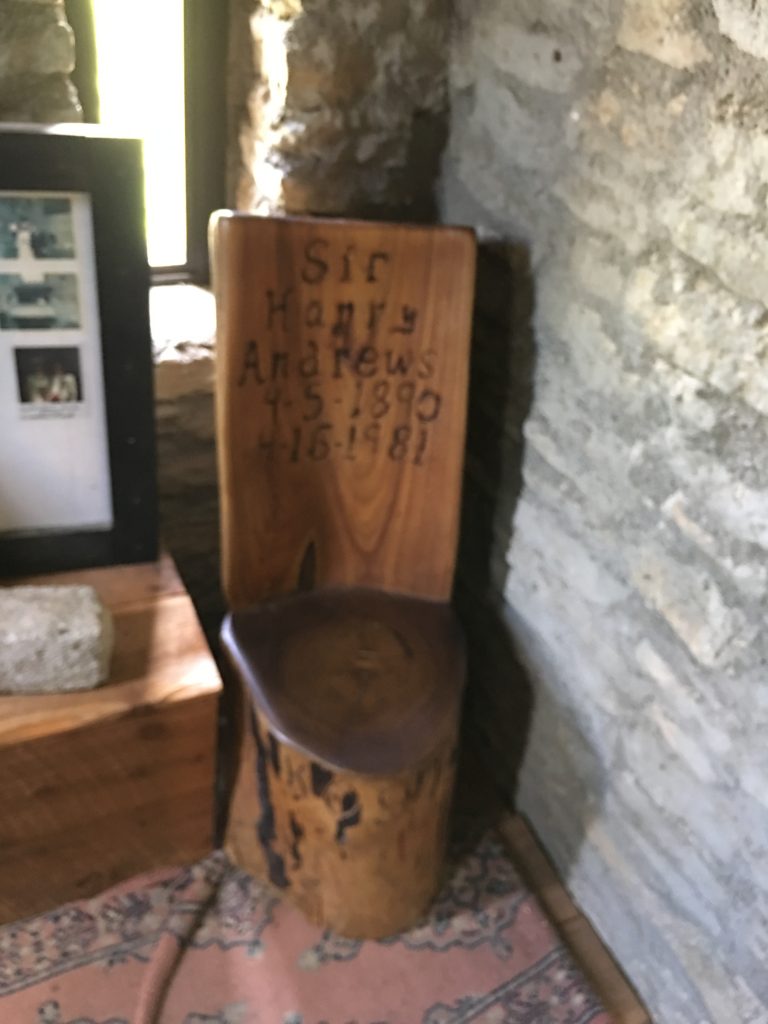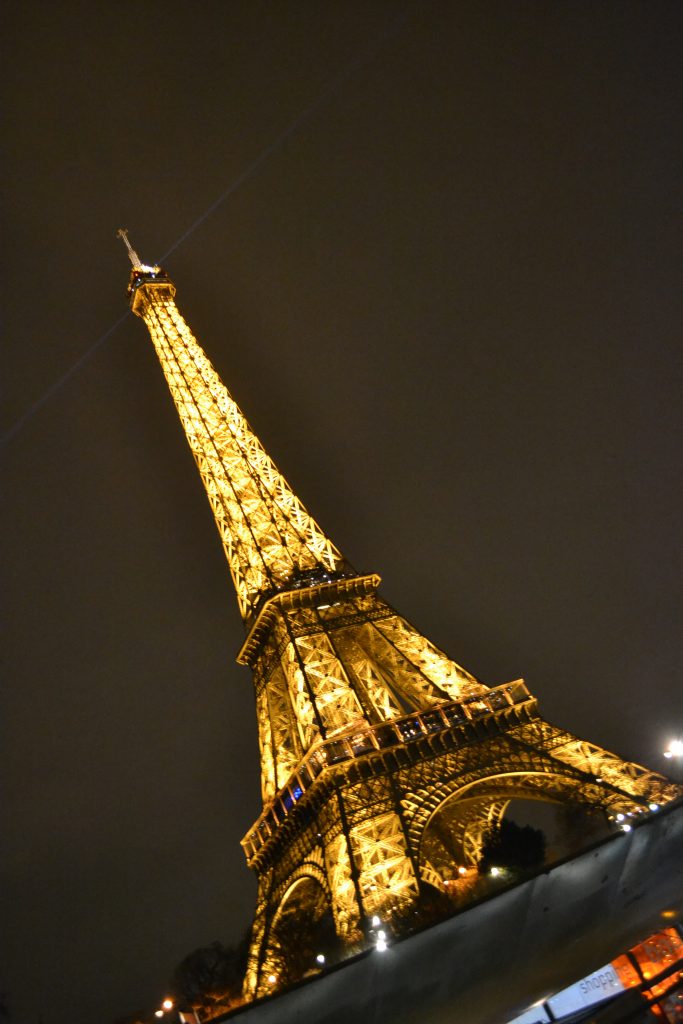
We had just finished dinner at Café de Flore located on Boulevard St-Germain, not far from the Eiffel Tower. David and I decided to take a leisurely walk, strolling along the Seine. Passing the Quai Voltaire and approaching the Musee d’Orsay, we could see the glittering lights of the Eiffel Tower in the distance. Within minutes, we stood at the base of the Tower, gazing up towards the complicated latticework and wide arches admiring its sturdy architecture.
Staring in complete awe of Gustave Eiffel’s magnificent design, I recalled that the Parisians were not so accepting of the Tower when it was first erected, some comparing it to the Tower of Babel. Intended as the centerpiece for the 1889 World Exhibition, the tower would also commemorate the centenary celebration of the French Revolution. Completed in just over two years, Gustave Eiffel agreed to finance the tower’s construction in exchange for any financial profits over the first twenty years.
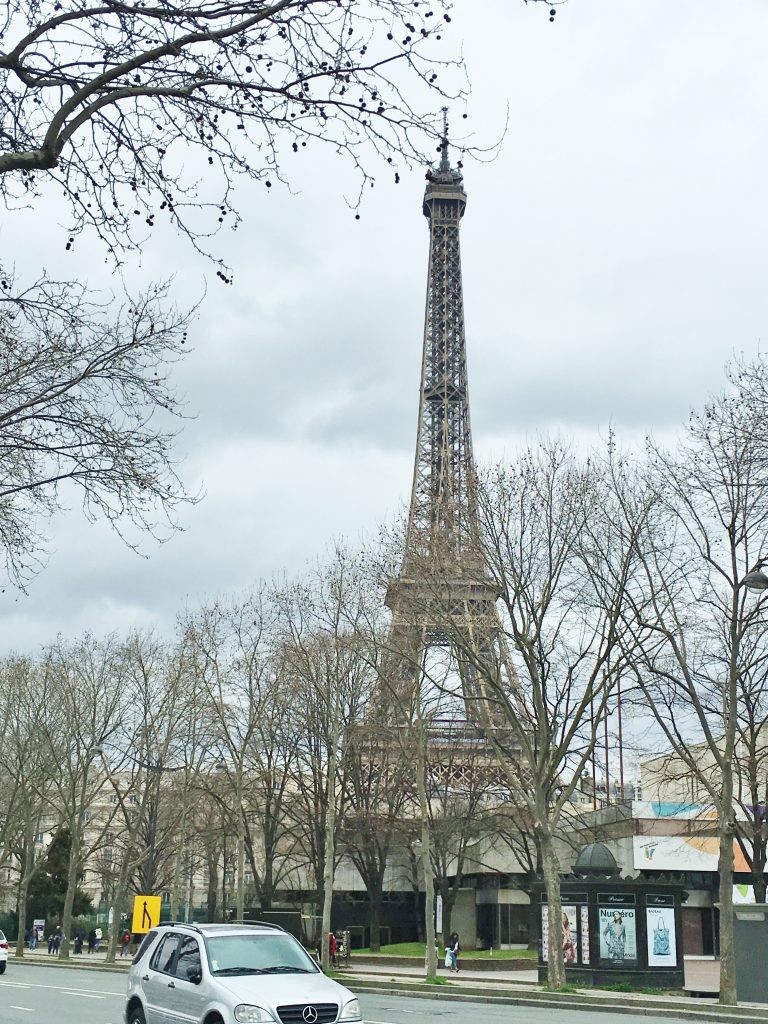
The Eiffel Tower or “La Tour Eiffel” stands 984 feet high and was the tallest building of its time. In addition to its height it was also considered an extraordinary technological advancement.
The Eiffel Tower represented the iron architecture of the Industrial Revolution. Constructed as the colossal entrance for the World’s Fair, it’s unique structure and curvature was simply genius while the open lattice design and exposed iron support beams equalized the wind. According to Gustave Eiffel it was “an expression of mathematical equation and structural phenomena.”
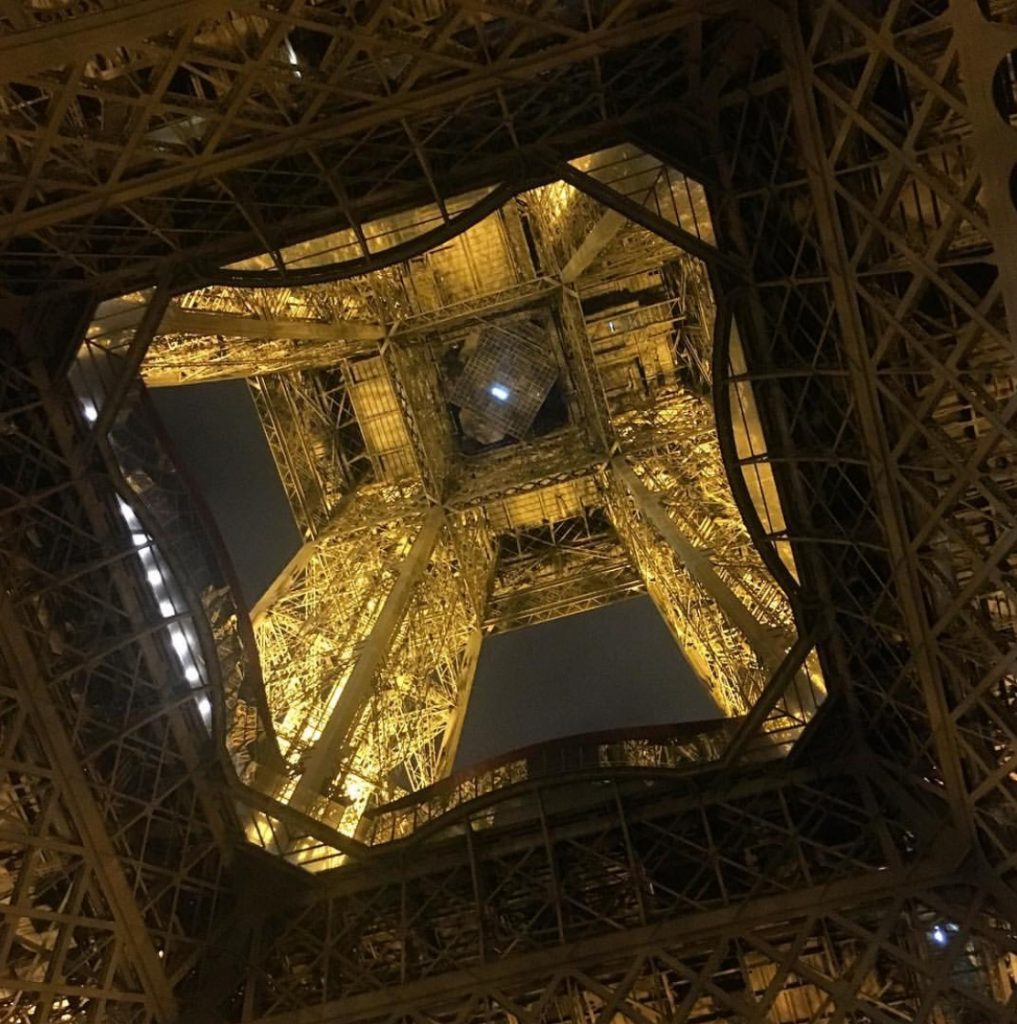
During our visit to Paris, we found ourselves visiting the Eiffel Tower to take in the views during the day and to experience the beauty of the Parisian lights at night. Visitors can access the three floors of the Eiffel Tower by elevator and the first floor by a set of stairs. The first platform is 187 feet above ground where there is the 58 Tour Eiffel restaurant as well as family friendly buffets and a gift shop. I dropped off my stamped post cards so that they would be post marked from the “Tour Eiffel”.
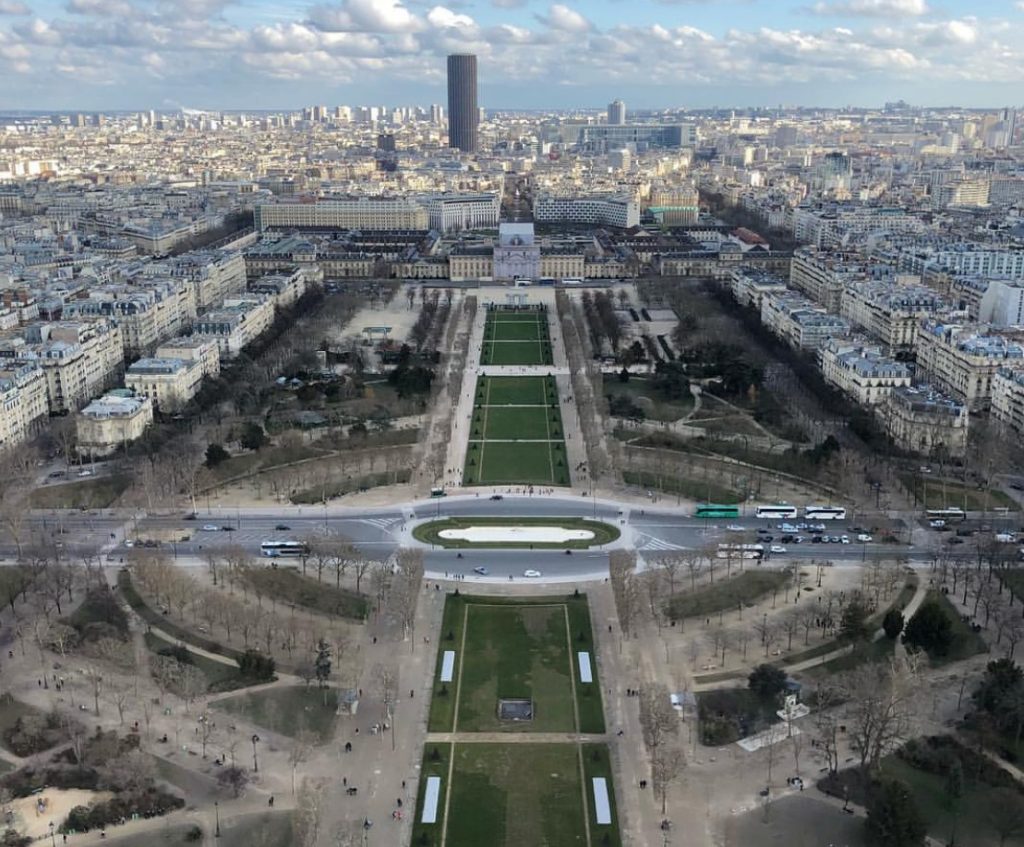
When the Eiffel Tower was initially unveiled, the first floor platform showcased a Flemish bar which served Alsatian cuisine, a brasserie and two restaurants, The Brebant, considered a chic French restaurant with a view of the Champ-de-Mar as well as a Russian restaurant on the northeast corner. Each wooden pavilion could seat 500 guests and the kitchens were built on the underside of the platform.
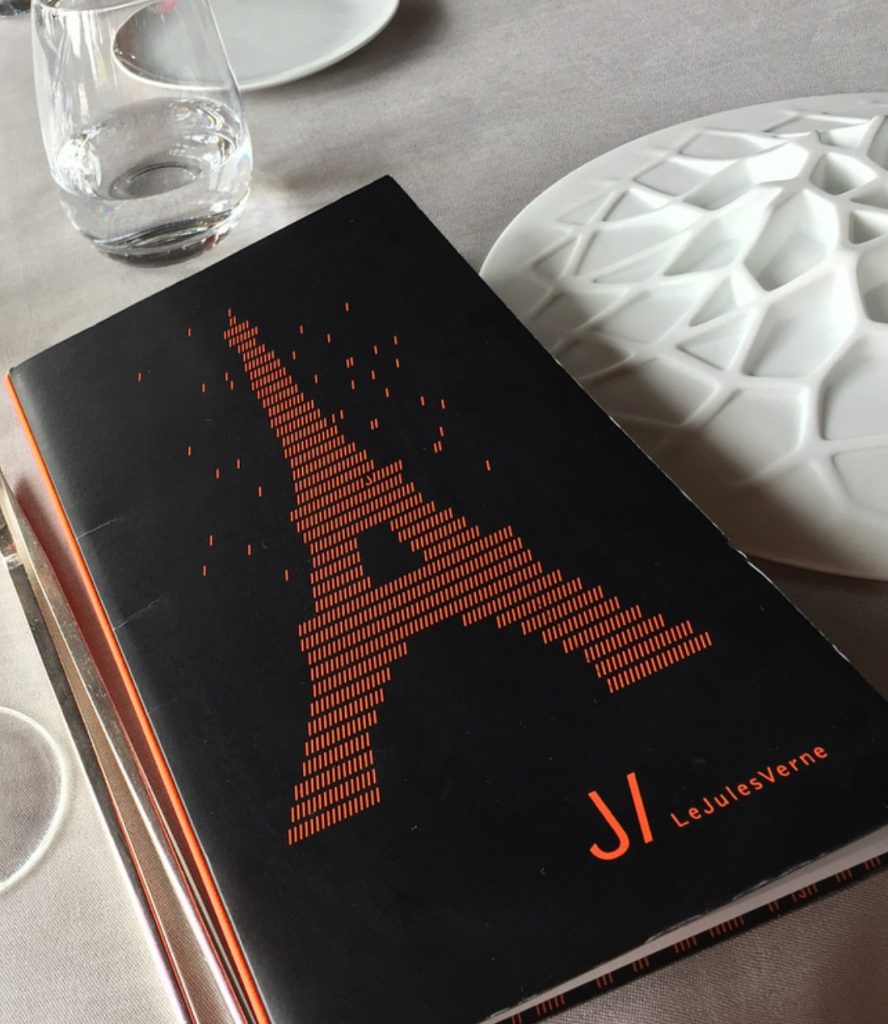
The second platform reaches 377 feet above ground offering extravagant views of the city. In addition, the world renowned Jules Verne Restaurant and shops are located on this floor. David surprised me with reservations at the Jules Verne Restaurant and I could not wait for us to return in a couple of days to experience a luxurious dinner.
The Eiffel Tower was nearing completion by March of 1889 as it soared over nine hundred feet. The elevators were ready to be installed, but the curvature design of the tower posed a challenge. In the end, Eiffel contracted with American Otis Elevator who invented a system that was years ahead of technological advancement. The observation platform, enclosed by glass, would provide visitors an incredible view of Paris on a clear sunny day.
The Universal Exposition of 1889 officially opened on the sixth of May. Exhibits showcased the latest in modern science and technology revealing the advances in electricity, telephone communications and the phonograph. Attendees enjoyed colorful parades, explored replicas of exotic markets, sampled foods from foreign lands and indulged in the customs of countries from every corner of the world. Buffalo Bill introduced Europe to Annie Oakley who thrilled the spectators with her sharp shooting skills and grand tents reenacted the shoot outs of the Wild West. Yet, while attendees were being introduced to such new inventions as popcorn, they would have to wait another two weeks before they could ascend the great tower.
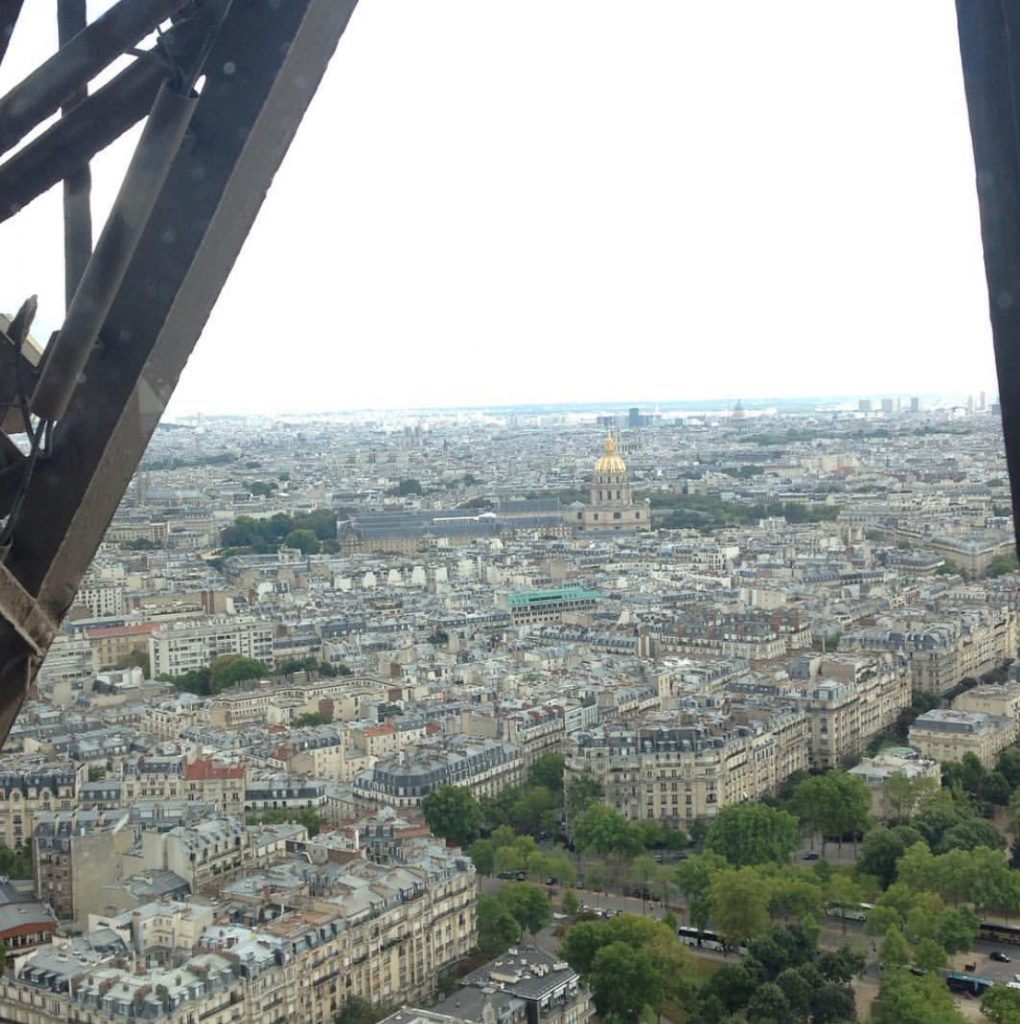
Spectacular views await visitors on the third floor towering 905 feet above ground. From here, one can experience panoramic views of Paris’ city landmarks (such as the capitol building), explore the reconstructed office of Gustave Eiffel and sip on champagne while taking in the panorama. I imagined the experience to be just as exciting as the day the Eiffel Tower opened at the World Exposition. I would have to wait a couple of days to see.
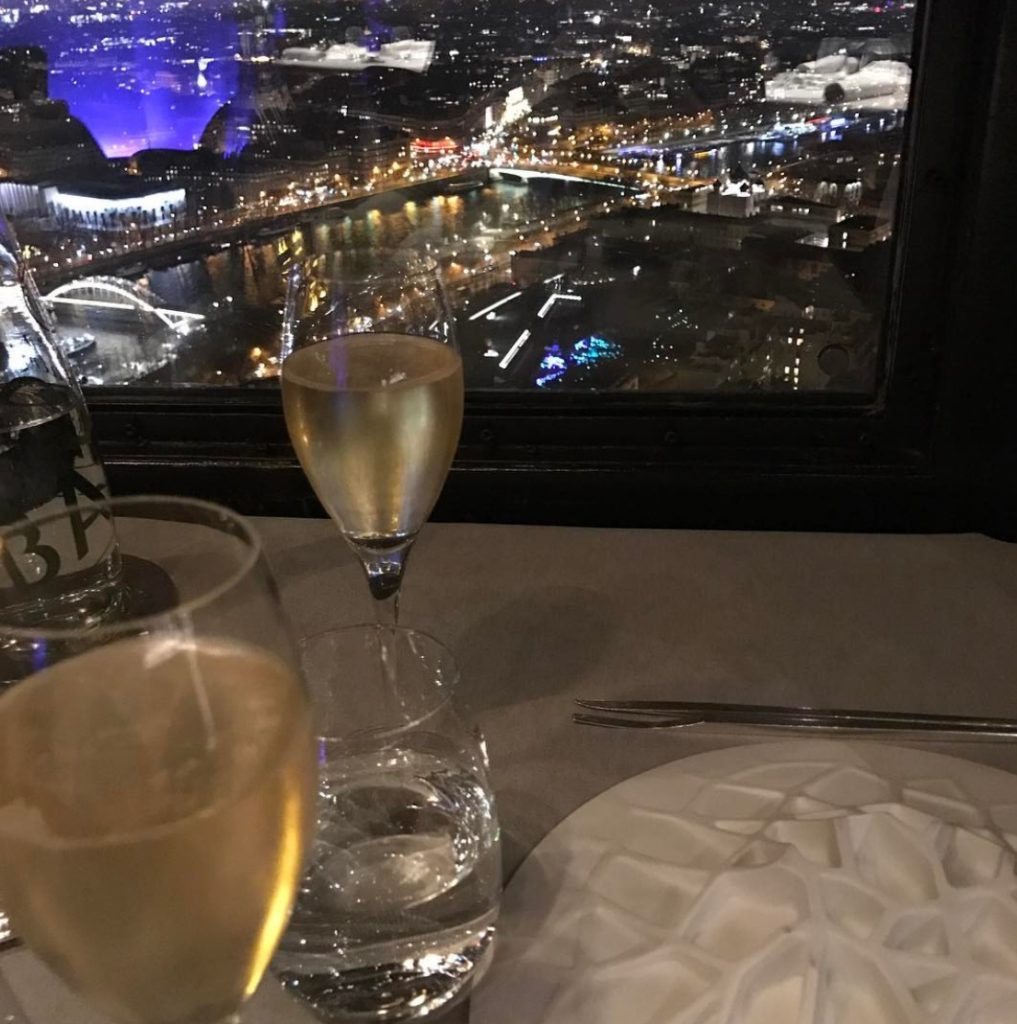
Fast forward to dinner at the Jules Verne Restaurant and as we arrived I felt like a million dollars. An exhilarating feeling overtook me as we rode the elevator up to the second floor. David mentioned that he would not spare any expense to ensure that we enjoyed this moment, and we most certainly did. We each ordered the six-plats meal that included wines that complimented each course, taking our time to savor each bite.
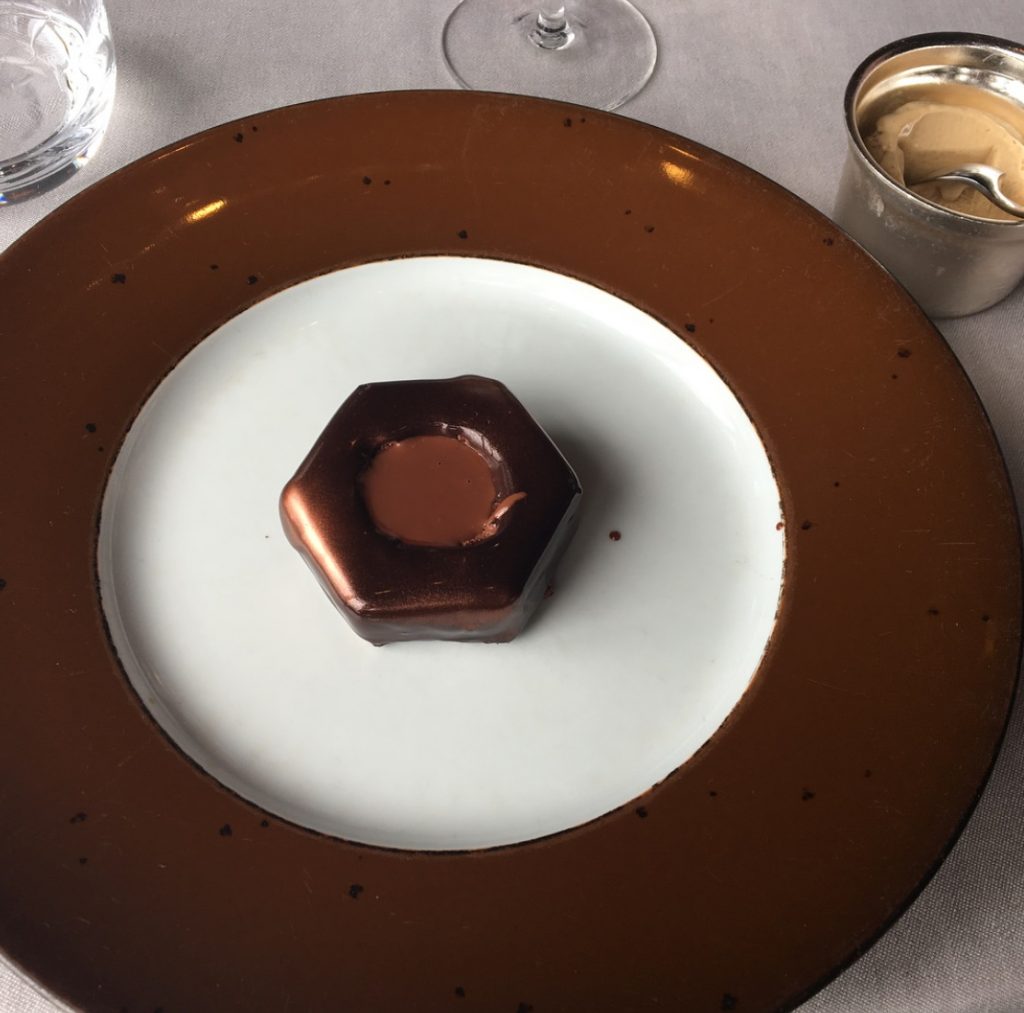
Once we completed our dinner, we couldn’t pass up the opportunity to reach the top of the tower and enjoy a glass of champagne. Even at night, the view was spectacular and the perfect ending to our exceptional visit to Paris. We prepared ourselves to leave the Eiffel Tower and made our last stroll looking out over Paris. We took one last look up into the starry night sky and boarded the elevator for our ride back down to the Champs de Mar.
No one could have ever imagined that The Eiffel Tower, scheduled to be dismantled in 1909, would host close to 7 million visitors a year. Once the subject of controversy among Parisians, La Tour Eiffel has become the most visited monument in the world, offering tourists such as David and I the opportunity of a lifetime.
Have you visited the Eiffel Tower in Paris? Did you take the elevator up to the top? I would love to hear about your experience if you would kindly leave a message in the comments section below. Many thanks for reading about my exciting experience at the Eiffel Tower and wishing you many Happy Travels!
What to See and What to Do:
The Eiffel Tower
Champ de Mars
5 Avenue Anatole France
75007, Paris, France
Telephone: +33 8 92 70 12 39
- Admission: 15.50 Euros all the way to the top; 9 Euros for the first two flights of stairs; 5 Euros to climb the stairs to the first or second level; not covered under the Museum Pass
- Hours: Open daily from mid-June to August from 9AM to 1:45AM; last ascent to the top at 11PM; and to lower levels at midnight (elevator or stairs);
- Tips: Advanced reservations are highly recommended to eliminate waiting in long lines. Purchase tickets online at www.toureiffel.paris up to three months in advance or by phone at +44 11 23 23. Tickets sell out fast from April through September, so book as soon as possible.
Where to Stay:
Four Seasons Hotel George V Paris
31 Avenue George V
75008, Paris, France
Telephone: 33 1 49 52 70 00
Where to Eat:
Le Jules Verne Restaurant
Avenue Gustave Eiffel
75007, Paris, France
Telephone: 33 1 45 55 61 44
Tips: There is a dress code and reservations book up quickly.
